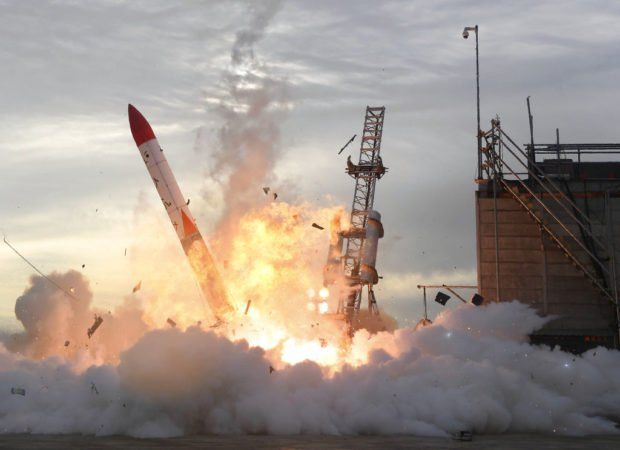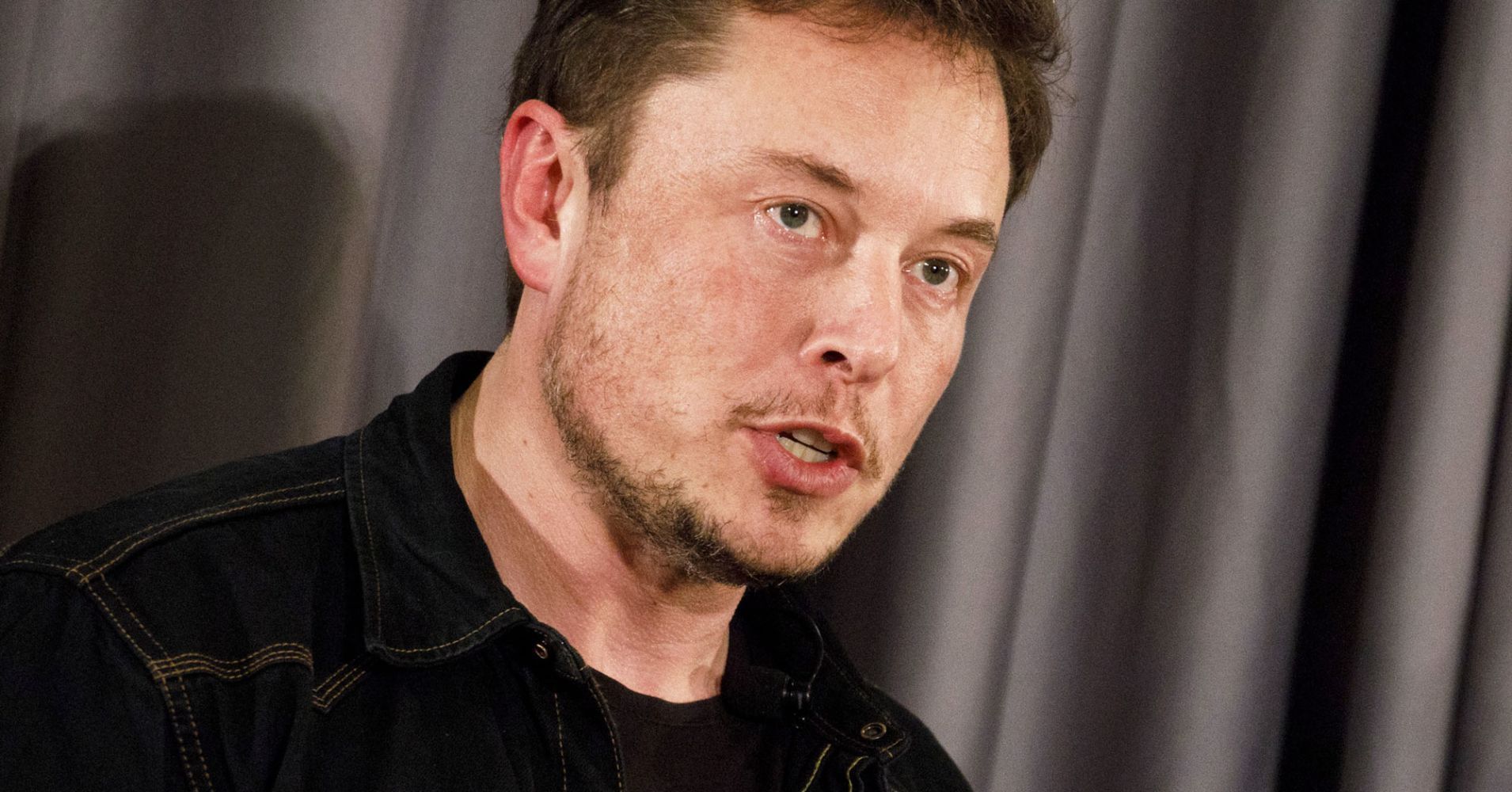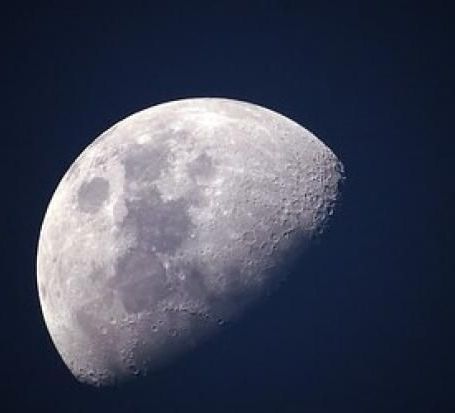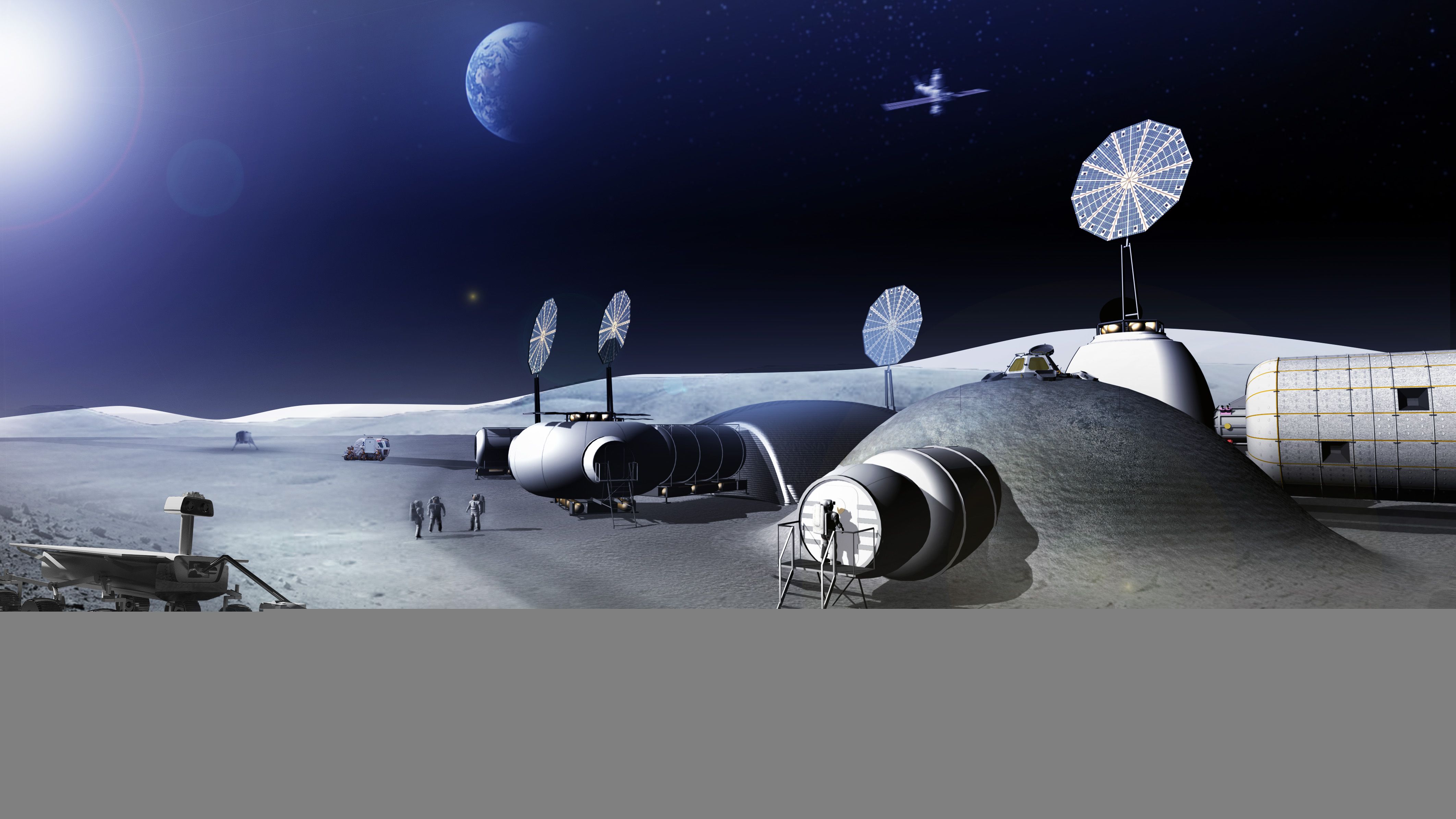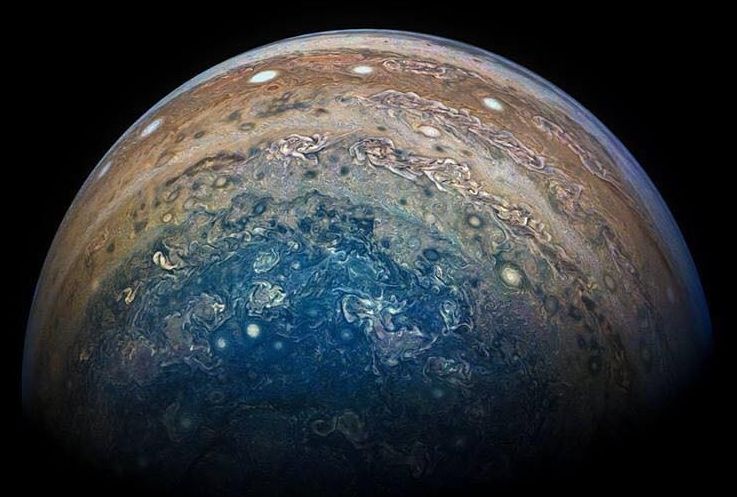Archive for the ‘space travel’ category: Page 413
Jun 30, 2018
Rocket developed by Japan startup in flames after liftoff
Posted by Michael Lance in category: space travel
TOKYO, Japan — A rocket developed by a Japanese startup company burst into flames seconds after a failed liftoff Saturday in northern Japan.
The MOMO-2 rocket, developed by Interstellar Technologies, was launched in Taiki town on Hokkaido, Japan’s northernmost main island. It was supposed to reach as high as 100 kilometers (62 miles) into space.
Television footage showed that the 10-meter (33-foot) pencil rocket lifted only slightly from its launch pad before dropping to the ground, disappearing in a fireball. Footage on NHK public television showed a charred rocket lying on the ground.
Continue reading “Rocket developed by Japan startup in flames after liftoff” »
Jun 30, 2018
President Trump Meets With Space Council
Posted by Michael Lance in category: space travel
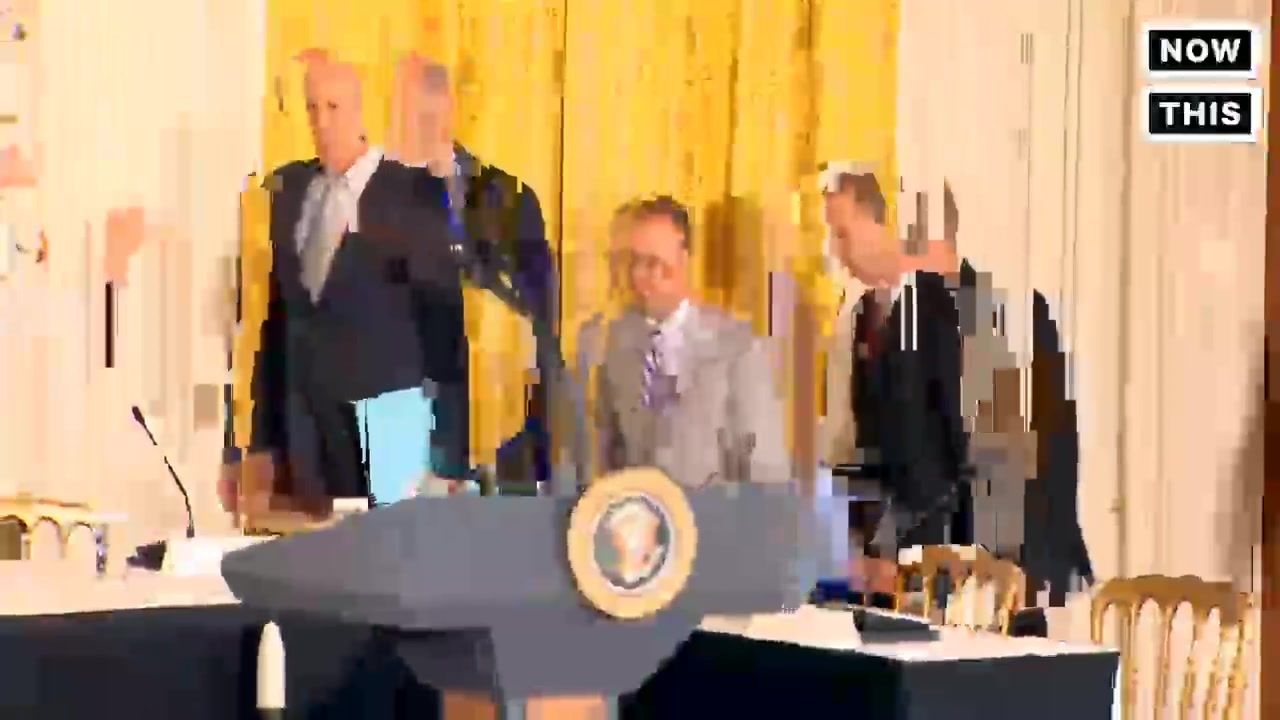
President Trump meets with the National Space Council at the White House. It is expected that the council will discuss the role of private organizations in space travel and exploration.
Jun 30, 2018
Elon Musk: This is why we have to build civilizations in space
Posted by Dan Kummer in categories: Elon Musk, existential risks, space travel, sustainability
“Humanity is not perfect, but it’s all we’ve got,” the SpaceX and Tesla boss said.
To safeguard human life requires moving beyond the blue planet, in Musk’s view, because earth is likely to become uninhabitable.
“There will be some eventual extinction event” if humans stay on earth forever, Musk said in an article published in academic journal New Space, which was published online in June 2017.
Continue reading “Elon Musk: This is why we have to build civilizations in space” »
Jun 30, 2018
Is Southeast Asia the next Silicon Valley?
Posted by Derick Lee in categories: bitcoin, food, robotics/AI, space travel
Some market observers worry the solutions to problems the new technologies offer might become the causes of other problems. With AI gathering steam and large amounts of data flowing to empower machine learning, how to protect privacy in a region where the use of personal information is loosely regulated has become a pressing question.
Filing taxes using blockchain in Indonesia. Growing better crops in Vietnam with artificial intelligence. Sending rockets into space in Singapore. Southeast Asia is quietly emerging as a breeding ground for new technology.
Continue reading “Is Southeast Asia the next Silicon Valley?” »
Jun 30, 2018
India’s quest to find a trilliondollar nuclear fuel on the Moon
Posted by Klaus Baldauf in categories: Elon Musk, government, military, robotics/AI, space travel
“The countries which have the capacity to bring that source from the moon to Earth will dictate the process,” said K Sivan, chairman of the Indian Space Research Organisation (ISRO). “I don’t want to be just a part of them, I want to lead them.”
The mission would solidify India’s place among the fleet of explorers racing to the moon, Mars and beyond for scientific, commercial or military gains. The governments of the US, China, India, Japan and Russia are competing with startups and billionaires Elon Musk, Jeff Bezos and Richard Branson to launch satellites, robotic landers, astronauts and tourists into the cosmos.
The rover landing is one step in an envisioned series for ISRO that includes putting a space station in orbit and, potentially, an Indian crew on the moon. The government has yet to set a timeframe.
Continue reading “India’s quest to find a trilliondollar nuclear fuel on the Moon” »

Incredible true story of a NASA arctic expedition designed to be the first Martian road trip on Earth becomes an epic two-year odyssey of survival. Voiceover from Buzz Aldrin.br /
Jun 29, 2018
Global Moon Village concept
Posted by Klaus Baldauf in categories: 3D printing, space travel
For: Moon Village Association Location: EU, initiated on workshop at ISU in Strasbourg, then created in Prague, Lund, Terracina, London Year of Completion: 2018 Team: space architects Tomas Rousek, Katarina Eriksson, Vittorio Rossetti.
It was very inspiring to see a presentation of Prof. Jan Woerner, ESA director general, at the MVA workshop at ISU in Starsbourg. When we have seen the range of all elements that are encompassed in the vision, it was clear to us that it would be good to illustrate it with more than just one 3D-printed module. With colleagues space architects Katarina Eriksson and Vittorio Rossetti we offered our help to MVA organizers to illustrate the new vision of Global Moon Village. We created 3D concept including more the components of lunar exploration and infrastructure that were mentioned, i.e. modules of ESA, NASA and international and commercial partners, Google Lunar X-Prize rovers and cis-lunar station.
We also proposed facelift concept of logo for MVA, with half moon over O circle.
Jun 28, 2018
Is ‘Oumuamua an Interstellar Asteroid or Comet?
Posted by Michael Lance in category: space travel
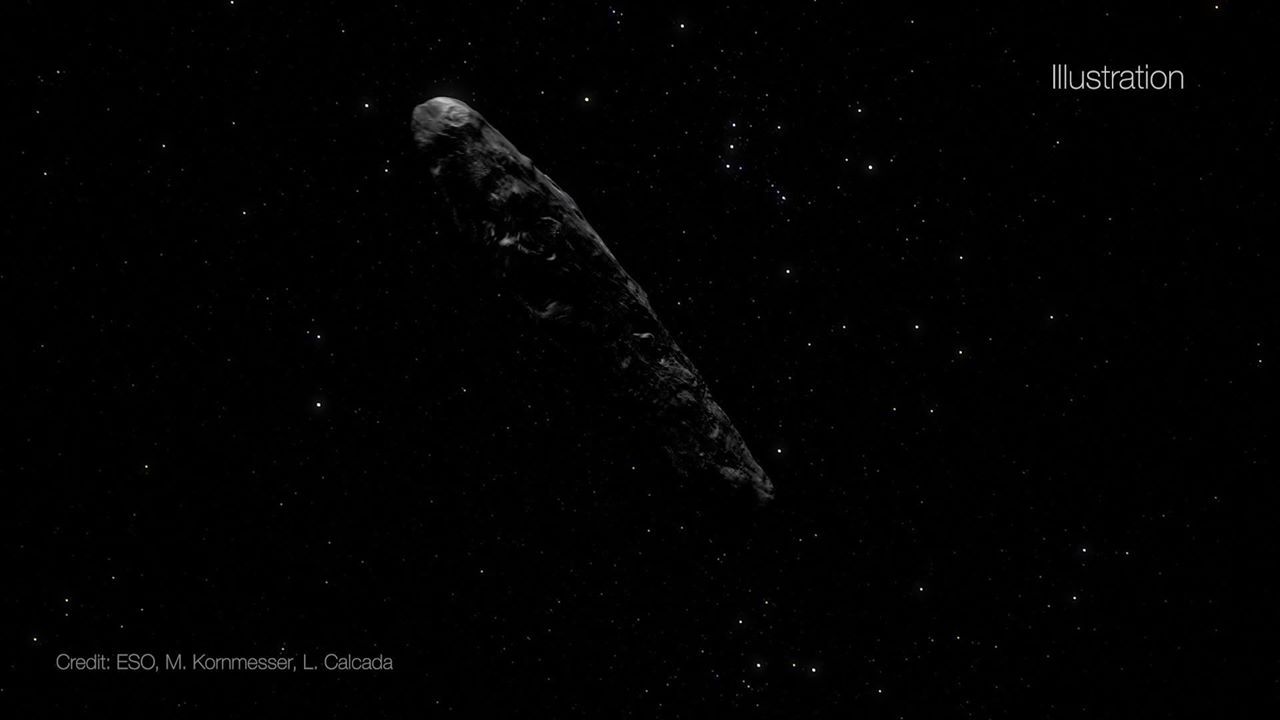
Scientists have confirmed ′Oumuamua, the first known interstellar object to travel through our solar system, got an unexpected boost in speed and shift in trajectory as it passed through the inner solar system last year. Examine what scientists found: https://go.nasa.gov/2Mwospx

